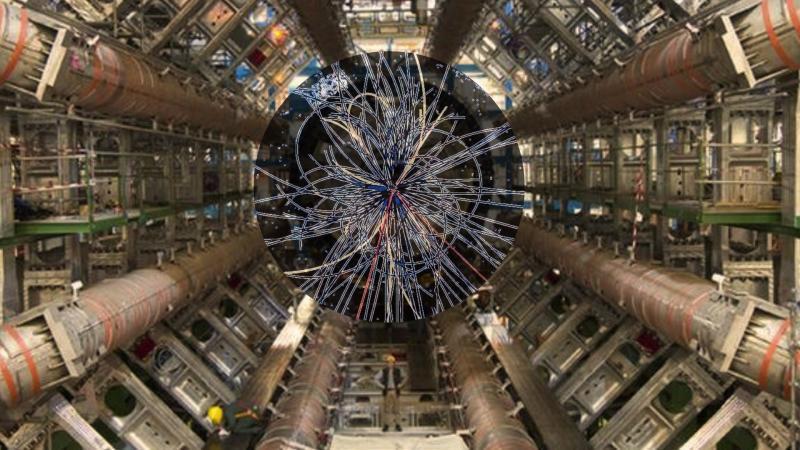
CERN Scientists Shedding Light on Antimatter & Universe’s Origins
Antimatter has long been a topic of fascination and mystery in the scientific community. The concept of particles with opposite charges and properties has been studied extensively, but the understanding of its behavior and role in the universe remains limited. Recently, a breakthrough discovery at CERN’s Large Hadron Collider (LHC) has shed new light on the mysteries of antimatter, offering insights into the fundamental forces of nature and the universe’s early moments.
The Large Hadron Collider, situated at the European Organization for Nuclear Research (CERN), is the world’s largest and most powerful particle accelerator. Its primary goal is to recreate the conditions of the universe in the first fraction of a second after the Big Bang, when temperatures and energies were extreme. This allows scientists to study the fundamental forces of nature and the behavior of particles under these conditions.
The ALICE collaboration, a team of researchers from various institutions, has been conducting experiments at the LHC to study heavy-ion collisions. These collisions involve smashing heavy ions, such as lead, at nearly the speed of light to create a hot, dense environment that simulates the conditions of the early universe.
In a recent breakthrough, the ALICE collaboration has confirmed the first evidence of antihyperhelium-4 (αˉ). This exotic particle is a type of antimatter, consisting of an antiproton and an antineutron. The discovery of antihyperhelium-4 is significant because it provides new insights into the balance between matter and antimatter in the universe.
According to the Standard Model of particle physics, matter and antimatter should have been created in equal amounts during the Big Bang. However, our universe is dominated by matter, with only a small fraction of antimatter present. The reason for this imbalance is still unknown, and the discovery of antihyperhelium-4 may provide a clue.
The ALICE collaboration’s experiment involved colliding lead ions at an energy of 5.02 TeV per nucleon. This collision produced a vast number of particles, including antihyperhelium-4, which was then detected by the ALICE detector. The experiment was designed to recreate the conditions of the early universe, allowing scientists to study the properties of antimatter under these extreme conditions.
The detection of antihyperhelium-4 is a significant achievement, as it marks the first time this type of antimatter has been produced and detected in a heavy-ion collision. The discovery offers new opportunities for scientists to study the properties of antimatter and its behavior in different conditions.
“This is an exciting result, as it provides new insights into the fundamental forces of nature and the balance between matter and antimatter in the universe,” said Dr. Andrea Rossi, spokesperson for the ALICE collaboration. “The detection of antihyperhelium-4 is a major milestone in our understanding of antimatter and its role in the universe.”
The discovery of antihyperhelium-4 has far-reaching implications for our understanding of the universe’s origins. It may provide a new avenue for scientists to study the balance between matter and antimatter, which could shed light on the mystery of why our universe is dominated by matter.
In conclusion, the recent breakthrough at CERN’s Large Hadron Collider has shed new light on the mysteries of antimatter and the universe’s origins. The detection of antihyperhelium-4 is a significant achievement, offering new insights into the fundamental forces of nature and the balance between matter and antimatter in the universe. As scientists continue to study the properties of antimatter, we may uncover new secrets about the universe’s early moments and the forces that shape our reality.
Source:
https://researchmatters.in/news/exotic-antimatter-spotted-heavy-ion-collisions-lhc






